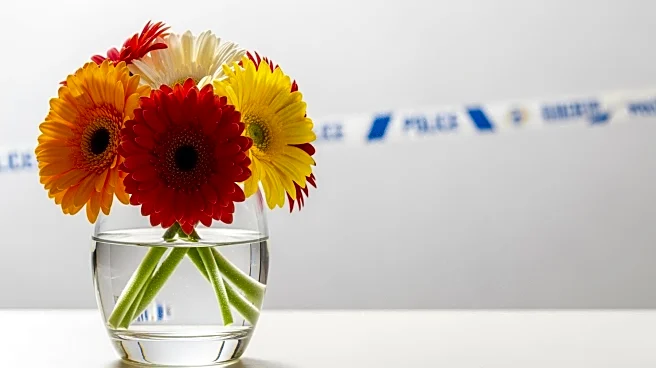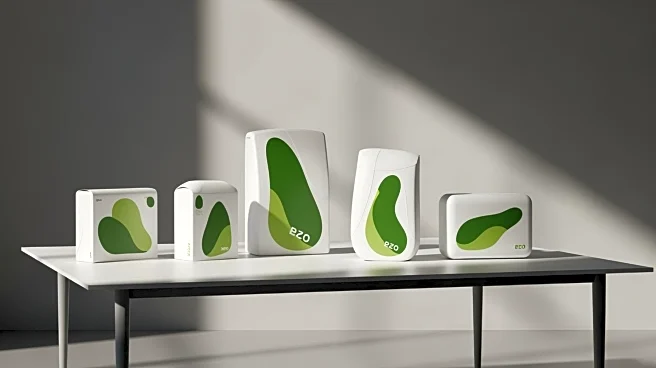What's Happening?
A recent study conducted at the National Research Centre in Giza, Egypt, has explored the impact of essential oil mixtures on the vase life and quality of Gerbera jamesonii L. cut flowers. The research
involved treating the flowers with various combinations of essential oils, including cumin, peppermint, nigella, clove, anise, lavender, and thyme. These oils were dissolved in a solution and applied to the flowers, which were then monitored for changes in vase life, relative fresh weight, dry matter percentage, and water relations. The study aimed to determine the effectiveness of these oils in preserving the freshness and quality of the flowers over time.
Why It's Important?
The findings of this study are significant for the floral industry, particularly in enhancing the longevity and quality of cut flowers, which are crucial for both commercial and consumer satisfaction. By extending the vase life of flowers, florists and retailers can reduce waste and improve the economic viability of their products. Additionally, consumers benefit from longer-lasting floral arrangements, which enhances their overall experience. The use of natural essential oils also aligns with growing consumer preferences for eco-friendly and sustainable products.
What's Next?
Further research could explore the application of these essential oil treatments to other types of cut flowers and plants. Additionally, the floral industry might consider integrating these findings into standard practices to improve product offerings. There may also be opportunities to develop new commercial products based on these essential oil mixtures, potentially leading to collaborations between researchers and industry stakeholders.
Beyond the Headlines
This study highlights the potential for natural solutions in agricultural and horticultural practices, reflecting a broader trend towards sustainability. The use of essential oils not only offers a natural alternative to chemical preservatives but also taps into the growing market for organic and environmentally friendly products. This could lead to a shift in industry standards and consumer expectations, promoting more sustainable practices in the floral industry.












